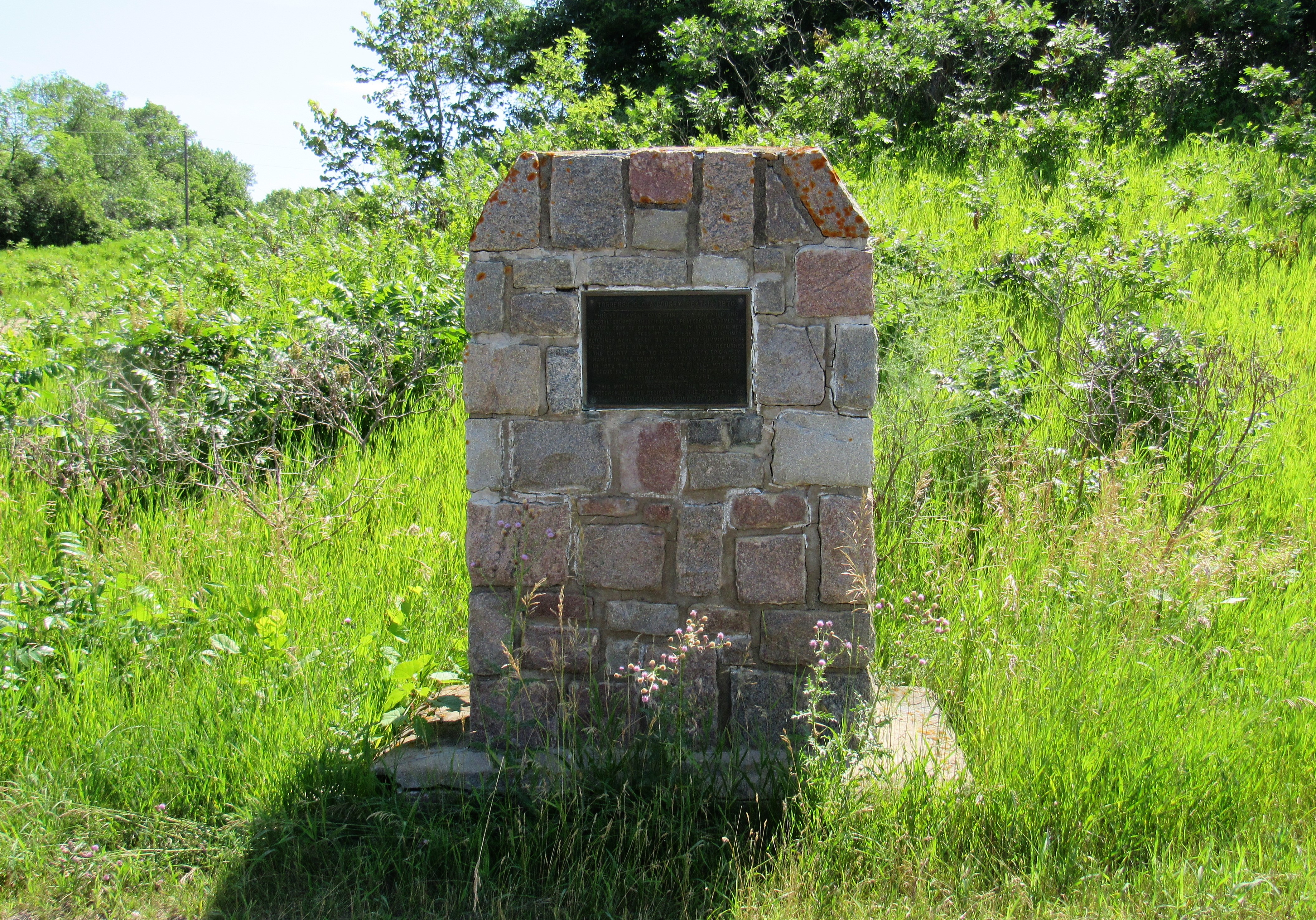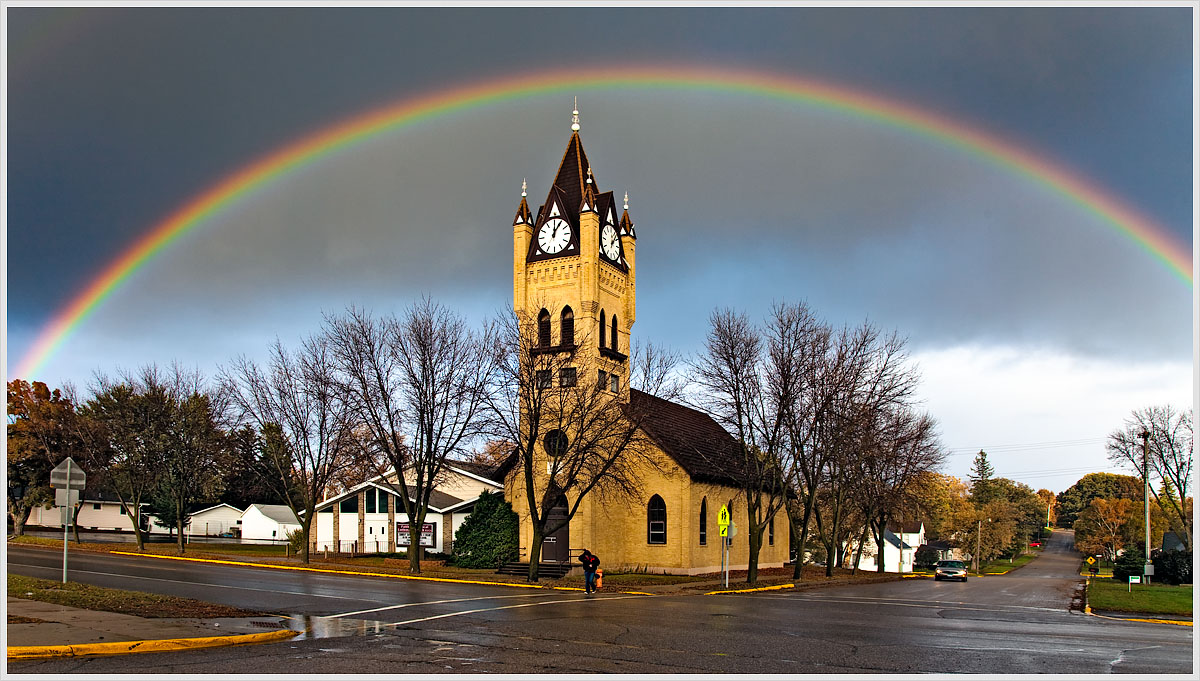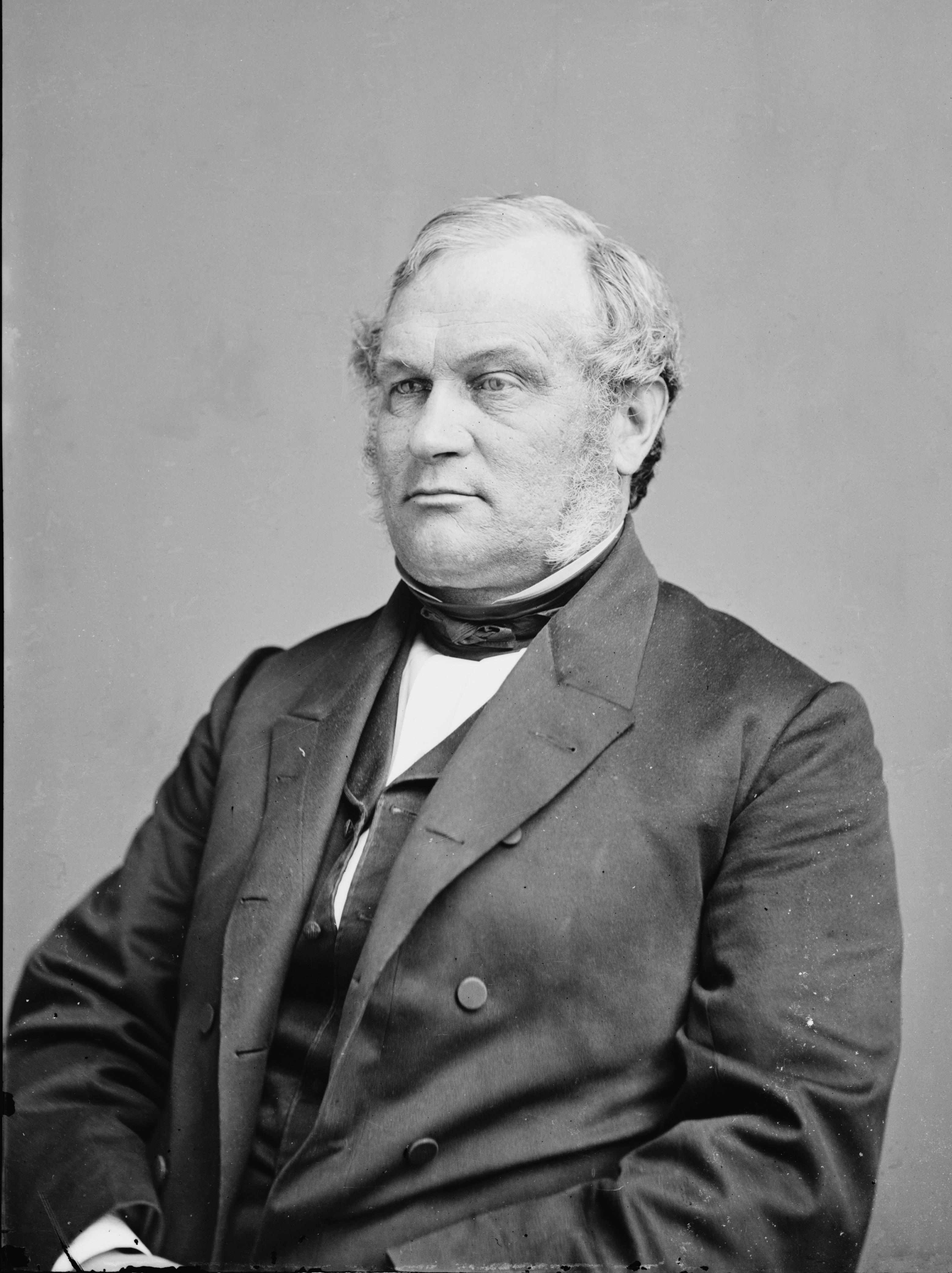|
Otter Tail County
Otter Tail County is a county in the U.S. state of Minnesota. As of the 2020 census, its population was 60,081. Its county seat is Fergus Falls. Otter Tail County comprises the Fergus Falls micropolitan statistical area. With 1,048 lakes in its borders, Otter Tail County has more lakes than any other county in the United States. History Native Americans used the area for hunting and fishing, and had permanent dwelling sites. Two Native American tribes were in constant conflict. The Dakota (Sioux) were being pushed from their home area by the Ojibwa (Chippewa) during the late 18th and early 19th centuries. Burial mounds and artifacts can still be found. Some of the oldest Native American remains were found near Pelican Rapids, Minnesota. The remains, nicknamed Minnesota Girl, were dated at about 11,000 BC. The first white men to enter the county were French and British fur traders. Efforts were made to set up trading posts on the Leaf Lakes and Otter Tail Lake. In the late 1 ... [...More Info...] [...Related Items...] OR: [Wikipedia] [Google] [Baidu] |
Fergus Falls
Fergus Falls is a city in and the county seat of Otter Tail County, Minnesota, Otter Tail County, Minnesota, United States. The population was 14,119 at the 2020 United States census, 2020 census. History The falls from which the city gets part of its name were discovered by Joe Whitford (a Scottish trapper) in 1856 and promptly named in honor of his employer, James Fergus. It is not known whether Fergus ever visited the city, but Whitford did not live to see the city develop, as he was killed during the Dakota War of 1862, 1862 Dakota war in western Minnesota. In 1867, George B. Wright was at the land office at St. Cloud, Minnesota, St. Cloud and found Whitford's lapsed claim, purchased the land, and built what is now the Central Dam in downtown Fergus Falls around 1871. After Wright died in 1882, his son Vernon moved from Boston to Minnesota and took over his father's interests in the town. Vernon Wright was also one of the two people who established the Otter Tail Power Compa ... [...More Info...] [...Related Items...] OR: [Wikipedia] [Google] [Baidu] |
Ottertail, Minnesota
Ottertail is a city in Otter Tail County, Minnesota, United States. The population was 629 at the 2020 census. Geography According to the United States Census Bureau, the city has an area of , of which is land and is water. Minnesota State Highways 78 and 108 are two of the main routes in the community. Climate Like the rest of Minnesota, Ottertail has a humid continental climate. It is above the line between the hot and cool summer types of the climate, which means the climate classification is ''Dfb'' on the Köppen climate classification. Winters are long and very cold and nights average subzero Fahrenheit. Summers are warm but frequently that weather gets broken up by convective rainfall. History Ottertail was platted in 1903, and named for nearby Otter Tail Lake. “Otter Tail” City appeared on the United States Census as early as 1860. Demographics 2010 census As of the census of 2010, there were 572 people, 245 households, and 171 families living in the ci ... [...More Info...] [...Related Items...] OR: [Wikipedia] [Google] [Baidu] |
Pelican Rapids, Minnesota
Pelican Rapids is a city in Otter Tail County, Minnesota, United States. The population was 2,577 as of the 2020 census. History Pelican Rapids was platted in 1872, and named for the rapids on the Pelican River. A post office has been in operation at Pelican Rapids since 1872. Pelican Rapids was incorporated in 1882. Geography According to the United States Census Bureau, the city has a total area of , of which is land and is water. U.S. Highway 59 and Minnesota State Highway 108 are two of the main routes in the city. Demographics 2010 census As of the census of 2010, there were 2,464 people, 904 households, and 569 families living in the city. The population density was . There were 984 housing units at an average density of . The racial makeup of the city was 74.1% White, 5.8% African American, 0.9% Native American, 3.2% Asian, 0.7% Pacific Islander, 11.6% from other races, and 3.7% from two or more races. Hispanic or Latino of any race were 31.5% of the population. ... [...More Info...] [...Related Items...] OR: [Wikipedia] [Google] [Baidu] |
Fergus Falls, Minnesota
Fergus Falls is a city in and the county seat of Otter Tail County, Minnesota, United States. The population was 14,119 at the 2020 census. History The falls from which the city gets part of its name were discovered by Joe Whitford (a Scottish trapper) in 1856 and promptly named in honor of his employer, James Fergus. It is not known whether Fergus ever visited the city, but Whitford did not live to see the city develop, as he was killed during the 1862 Dakota war in western Minnesota. In 1867, George B. Wright was at the land office at St. Cloud and found Whitford's lapsed claim, purchased the land, and built what is now the Central Dam in downtown Fergus Falls around 1871. After Wright died in 1882, his son Vernon moved from Boston to Minnesota and took over his father's interests in the town. Vernon Wright was also one of the two people who established the Otter Tail Power Company in 1907. The city was incorporated in the late 1870s and is situated along the dividing lin ... [...More Info...] [...Related Items...] OR: [Wikipedia] [Google] [Baidu] |
Norwegian Language
Norwegian ( no, norsk, links=no ) is a North Germanic language spoken mainly in Norway, where it is an official language. Along with Swedish and Danish, Norwegian forms a dialect continuum of more or less mutually intelligible local and regional varieties; some Norwegian and Swedish dialects, in particular, are very close. These Scandinavian languages, together with Faroese and Icelandic as well as some extinct languages, constitute the North Germanic languages. Faroese and Icelandic are not mutually intelligible with Norwegian in their spoken form because continental Scandinavian has diverged from them. While the two Germanic languages with the greatest numbers of speakers, English and German, have close similarities with Norwegian, neither is mutually intelligible with it. Norwegian is a descendant of Old Norse, the common language of the Germanic peoples living in Scandinavia during the Viking Age. Today there are two official forms of ''written'' Norwegian, (literally ... [...More Info...] [...Related Items...] OR: [Wikipedia] [Google] [Baidu] |
Swedish Language
Swedish ( ) is a North Germanic language spoken predominantly in Sweden and in parts of Finland. It has at least 10 million native speakers, the fourth most spoken Germanic language and the first among any other of its type in the Nordic countries overall. Swedish, like the other Nordic languages, is a descendant of Old Norse, the common language of the Germanic peoples living in Scandinavia during the Viking Era. It is largely mutually intelligible with Norwegian and Danish, although the degree of mutual intelligibility is largely dependent on the dialect and accent of the speaker. Written Norwegian and Danish are usually more easily understood by Swedish speakers than the spoken languages, due to the differences in tone, accent, and intonation. Standard Swedish, spoken by most Swedes, is the national language that evolved from the Central Swedish dialects in the 19th century and was well established by the beginning of the 20th century. While distinct regional varieties ... [...More Info...] [...Related Items...] OR: [Wikipedia] [Google] [Baidu] |
Minnesota Legislature
The Minnesota Legislature is the bicameral legislature of the U.S. state of Minnesota consisting of two houses: the Senate and the House of Representatives. Senators are elected from 67 single-member districts. In order to account for decennial redistricting, members run for one two-year term and two four-year terms each decade. They are elected for four-year terms in years ending in 2 and 6, and for two-year terms in years ending in 0. Representatives are elected for two-year terms from 134 single-member districts formed by dividing the 67 senate districts in half. Both houses of the Legislature meet between January and the first Monday following the third Saturday in May each year, not to exceed 120 legislative days per biennium. Floor sessions are held in the Minnesota State Capitol in Saint Paul. History Early on in the Minnesota's history, the Legislature had direct control over the city charters that set the groundwork for governments in municipalities across the state. ... [...More Info...] [...Related Items...] OR: [Wikipedia] [Google] [Baidu] |
Kittson County, Minnesota
Kittson County is a county in the northwestern corner of the U.S. state of Minnesota along the Canada–US border, south of the Canadian province of Manitoba. As of the 2020 census, the population was 4,207. Its county seat is Hallock. History Evidence of occupation dating back 1800 years has been confirmed through archaeological expeditions done in the 1930s and 1970s around the burial mounds on the sand ridges in the eastern part of the county, which date to the Woodland Period. Evidence has been found that the Laurel, Arvilla, St. Croix, and Blackduck complexes were the area's early occupants. About 400 years ago, the Cree, Assiniboine, Sioux and Ojibway inhabited the county. The early explorers of the region were fur traders. Pembina, North Dakota's oldest settlement, across the Red River from Kittson County, dates from 1797, when the first trading post was established by Charles Baptiste Chaboillez of the Northwest Fur Company. The Hudson Bay and American Fur Companies ... [...More Info...] [...Related Items...] OR: [Wikipedia] [Google] [Baidu] |
Fur Traders
The fur trade is a worldwide industry dealing in the acquisition and sale of animal fur. Since the establishment of a world fur market in the early modern period, furs of boreal, polar and cold temperate mammalian animals have been the most valued. Historically the trade stimulated the exploration and colonization of Siberia, northern North America, and the South Shetland and South Sandwich Islands. Today the importance of the fur trade has diminished; it is based on pelts produced at fur farms and regulated fur-bearer trapping, but has become controversial. Animal rights organizations oppose the fur trade, citing that animals are brutally killed and sometimes skinned alive. Fur has been replaced in some clothing by synthetic imitations, for example, as in ruffs on hoods of parkas. Continental fur trade Russian fur trade Before the European colonization of the Americas, Russia was a major supplier of fur pelts to Western Europe and parts of Asia. Its trade developed in ... [...More Info...] [...Related Items...] OR: [Wikipedia] [Google] [Baidu] |
Cass County, Minnesota
Cass County is a county in the central part of the U.S. state of Minnesota. As of the 2020 census, the population was 30,066. Its county seat is Walker. The county was formed in 1851, and was organized in 1897. Cass County is included in the Brainerd, MN Micropolitan Statistical Area. A substantial part of the Leech Lake Indian Reservation is in the county. History Cass County was created on September 1, 1851, by the Minnesota Territory legislature, although its government was not organized until 1897. The county was formed of areas partitioned from Dakota, Mahkatah, Pembina and Wahnata Counties. It was named for Lewis Cass, a Michigan political figure of the 19th century. Before it was organized several parcels of county land were partitioned off to augment or form adjacent counties. Geography The Crow Wing River flows east-southeast along Cass County's southern border, and the Gull River flows southwest through the lower part, to discharge into the Crow Wing on the sou ... [...More Info...] [...Related Items...] OR: [Wikipedia] [Google] [Baidu] |
Dakota County, Minnesota
Dakota County is the third-most populous county in the U.S. state of Minnesota, located in the east central portion of the state. As of the 2020 census, the population was 439,882. The population of Dakota County was estimated to be 442,038 in 2021. The county seat is Hastings. Dakota County is named for the Dakota Sioux tribal bands who inhabited the area. The name is recorded as "Dahkotah" in the United States Census records until 1851. Dakota County is included in the Minneapolis–St. Paul– Bloomington, MN– WI Metropolitan Statistical Area, the sixteenth largest metropolitan area in the United States with about 3.64 million residents. The largest city in Dakota County is the city of Lakeville, the eleventh-largest city in Minnesota and sixth-largest Twin Cities suburb. The county is bordered by the Minnesota and Mississippi Rivers on the north, and the state of Wisconsin on the east. History The county was the site of historical events at Mendota that defined the st ... [...More Info...] [...Related Items...] OR: [Wikipedia] [Google] [Baidu] |
Minnesota Territory
The Territory of Minnesota was an organized incorporated territory of the United States that existed from March 3, 1849, until May 11, 1858, when the eastern portion of the territory was admitted to the Union as the State of Minnesota and western portion to the unorganized territory then the land shortly became the Dakota territory. History The Minnesota Territory was formed on March 3, 1849, with present day states of Minnesota and a large portion of modern-day North and South Dakota. At the time of formation there were 5000 settlers living in the Territory. There were no roads from adjoining Wisconsin or Iowa. The easiest access to the region was via waterway of which the Mississippi River was primary. The primary mode of transport was the riverboat. Minnesota Territory had three significant pioneer settlements: St. Paul, St. Anthony/Minneapolis, and Stillwater plus two military reservations: Fort Snelling and Fort Ripley. All of these were located on a waterwa ... [...More Info...] [...Related Items...] OR: [Wikipedia] [Google] [Baidu] |







